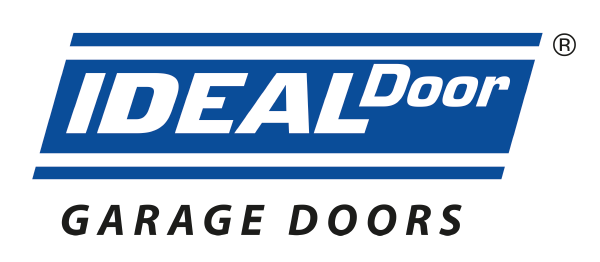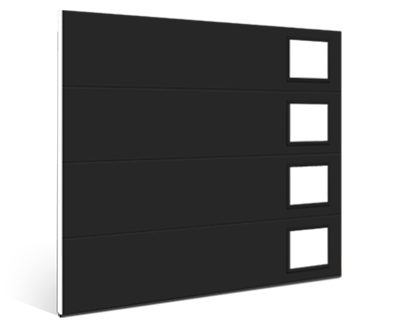What You Need to Know
Springs play a vital role in the function of a garage door. Springs work by counteracting the force of gravity. In essence, they offset the weight of the door and make it “lighter” when opening or closing it, whether the door is operated manually or via electrical power. There are two types of garage door spring systems: extension and torsion.
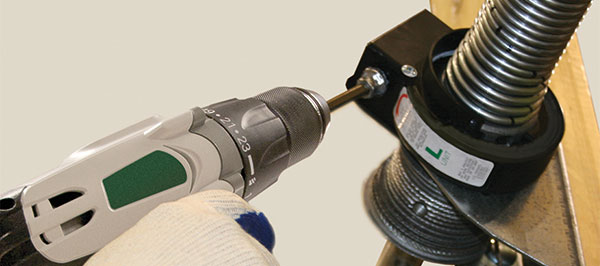
EZ-SET® TORSION SPRINGS
The EZ-SET Torsion Spring System makes torsion spring installation faster and easier for the do-it-yourselfer. Our system eliminates the difficult and manual winding process.
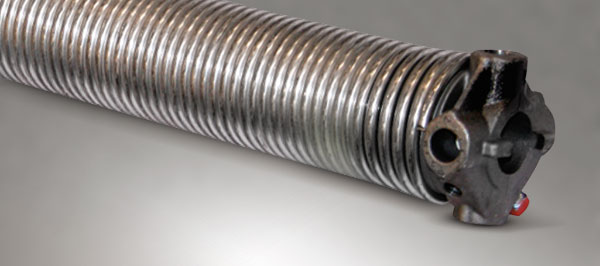
RESIDENTIAL GARAGE DOOR TORSION SPRINGS
Unlike extension springs that operate via stretching, torsion springs rely on torque to produce movement. For example, when closing the door, the cables attached to the bottom corners wind up and generate stored energy. Opening the door unwinds the springs and releases the energy required to create the lifting motion. While a torsion spring system usually costs more than an extension system, it’s more common because of its greater safety and longevity.
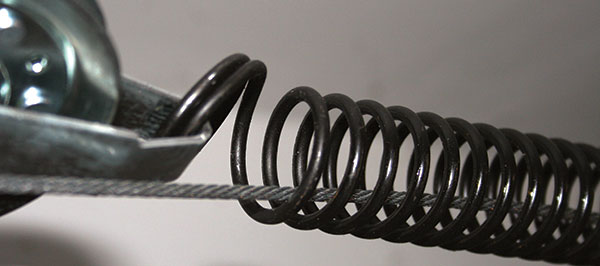
RESIDENTIAL GARAGE DOOR EXTENSION SPRINGS
An extension system consists of springs attached to cables at the bottom corners of the garage door. When opening the door, the springs extend and cause the stored energy within them to raise the door. The greater the force applied by hand or electric motor, the more the spring expands. The cables serve as a safety measure by preventing the springs from flying off and possibly causing an injury. Extension springs are less expensive than torsion springs, although they have more moving parts that could break and usually have a shorter lifespan.
